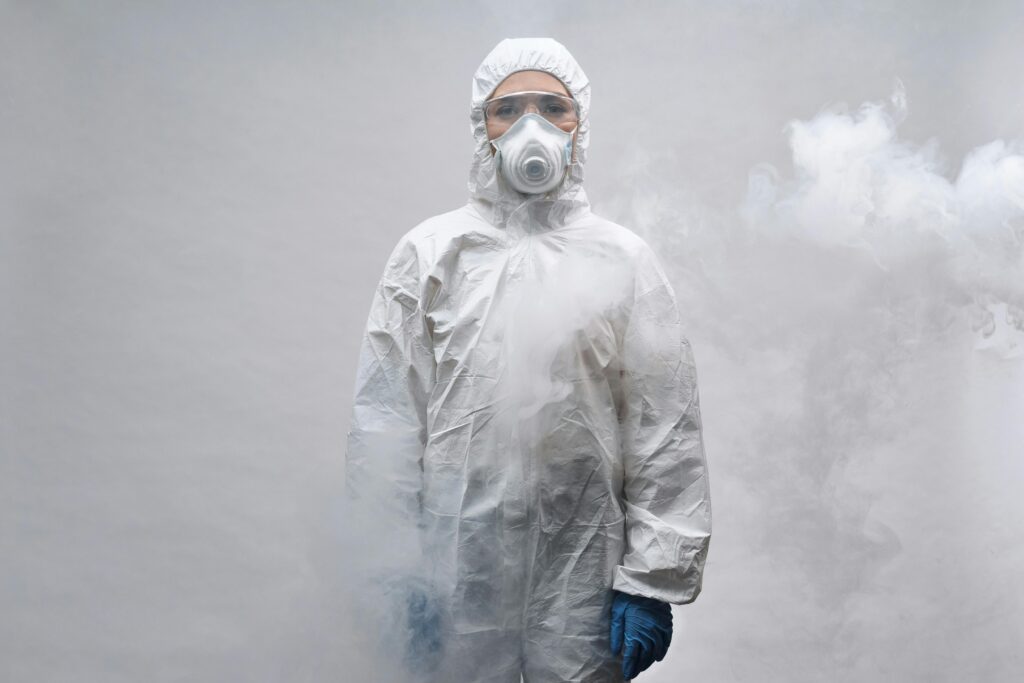The Hazmat Suit: A Guide to Comfort and Style

For years, the hazmat suit has been a staple in safeguarding those who work on the front lines, providing a barrier against hazardous materials, infectious agents, and other contaminants. But in an age where personal protective equipment (PPE) plays a more visible role in our daily lives, the humble hazmat suit is witnessing an evolution—emerging not just as a functional garment but as a canvas for comfort and style.
Whether you’re a seasoned healthcare professional, an environmental safety worker, or a fashion enthusiast, this comprehensive guide explores the intricate balance between safety and style within the hazmat suit landscape.
Hazmat Suit Functionality
A hazmat suit’s primary objective is protection, and it does so admirably against a host of potential dangers. These suits are designed to protect against chemical, biological, radiological, and nuclear (CBRN) threats, and as such, often combine several layers of specialized fabrics to create an impenetrable barrier. From first responders to laboratory technicians, ensuring that these suits effectively shield the wearer is non-negotiable.
However, functionality doesn’t end with protection. Comfort is equally crucial – especially when the suit needs to be worn for extended periods. Modern hazmat suits are equipped with a range of comfort features, including breathable materials, adjustable fits, and even cooling systems. These additions not only enhance endurance but also contribute to the overall well-being of the wearer, making their demanding roles a little more bearable.
Fashionable Elements
Believe it or not, the hazmat suit has become something of a fashion statement. Designers are injecting the often-monotonous landscape of safety wear with the vibrancy of color, the allure of patterns, and the innovation of form. Fashionable hazmat suits are making their debut on catwalks and in unconventional spaces, weaving an unexpected thread between safety and the style world.
Customization is another growing trend. Individuals and organizations are using hazmat suits as a canvas for expression and branding. Custom logos, slogans, and team colors are now par for the course, adding a sense of identity to a uniform that, in certain settings, can be remarkably anonymous.
It’s not just aesthetics; practical design elements are also being elevated. Suits are now more ergonomic, often designed with the wearer’s full range of motion in mind. Pockets, zippers, and compartments are strategically placed for ease of access and functionality.

Choosing the Right Hazmat Suit
When it comes to choosing a hazmat suit, there are several factors to consider. Fit and sizing are paramount. A properly fitting hazmat suit provides the best protection, preventing accidental exposure. Up-to-date sizing charts and tailored fittings can significantly reduce the risk of a loose or tight suit compromising safety measures.
Material quality is another vital aspect. High-quality, durable fabrics ensure that these suits can stand up to the rigors of work in hazardous environments. Suits with reinforced seams, tear-resistant materials, and waterproof coatings offer additional peace of mind.
Beyond physical attributes, it’s essential to choose a hazmat suit that aligns with the specific needs of the environment in which it will be worn. Some suits are more suited for biological hazards, while others excel in chemical resistance. Understanding the nuances of these differences is key to selecting the most appropriate option.
Safety Standards and Regulations
Hazmat suits are not a one-size-fits-all solution. Each industry has its own set of stringent safety standards and regulations that dictate the type of hazmat suit required. These standards ensure that the suit will perform as expected and adhere to the highest safety protocols.
Compliance is critical. Not only does it guarantee the safety of the wearer, but it also contributes to a broader culture of safety and responsibility within the workplace. Regular training on the proper use and maintenance of hazmat suits is often a part of these compliance measures, reinforcing best practices and protocols.
Certifications add a layer of assurance to the quality and efficacy of hazmat suits. They indicate that the suit has undergone rigorous testing and meets the necessary standards for protection against specific hazards. Understanding and verifying these certifications can help you make an informed decision when purchasing a hazmat suit.
Case Studies or Testimonials
There is no better endorsement for the blend of comfort and style in a hazmat suit than the experiences of those who wear them daily. Professionals from various industries can offer invaluable insights into the practical application of these suits, highlighting features that have made a difference in their work.
For instance, a healthcare worker might emphasize the importance of a suit’s breathability when worn during long shifts. An environmental safety officer might speak to the functionality of a suit’s integrated communication system. Such testimonials and case studies can provide a real-world perspective that you wouldn’t find on a product specification sheet.

Conclusion
In the grand pursuit of safety, the hazmat suit has taken on a new and unexpected role—the intersection of function and fashion. Today’s suits are more than just protective gear; they are statements of purpose, dedication, and the willingness to adapt to the evolving needs of the modern world.



